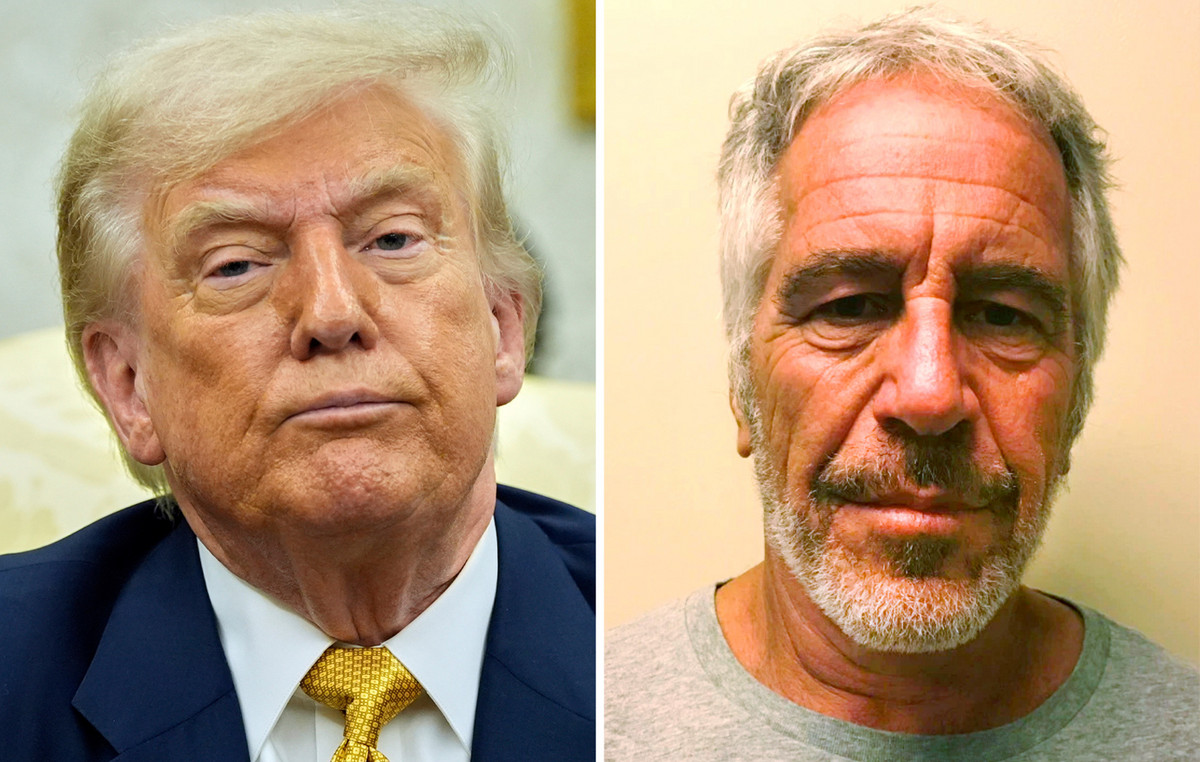- USD/JPY loses traction around 144.60 in early Asian session on Thursday, down 0.10% on the day.
- Dovish Fed expectations and growing bets for a significant rate cut weigh on the USD.
- Board members call for gradual and timely rate increases, BoJ minutes show.
The USD/JPY pair is moving lower near 144.60 during the early Asian session on Thursday. The weakness of the US Dollar (USD) amid rising bets on a sizable interest rate cut by the US Federal Reserve (Fed) in November continues to weigh on the pair. Investors are awaiting economic data and signals on upcoming interest rate cuts by Fed officials.
Data released by the Commerce Department on Wednesday showed that U.S. new home sales fell 4.7% on a monthly basis to 716,000 in August from a revised 751,000 in July, above the market consensus. Earlier this week, a weaker-than-expected U.S. consumer sentiment report raised concerns about the health of the labor market, leading to expectations of deeper rate cuts by the Fed.
Traders have priced in a nearly 57.4% chance of a 50 basis point (bp) cut by the Fed at the November meeting, while the probability of a 25 bp reduction stands at 42.6%, according to the CME’s FedWatch tool. Fed Chair Jerome Powell’s speech will be in focus on Thursday. Also, the final US annualized Gross Domestic Product (GDP) figure for the second quarter (Q2) is expected later in the day, and is estimated to grow by 3.0%. Any hint of a further sizable rate cut by the Fed or signs of weakness in the US economy could drag the dollar lower in the near term.
On the other hand, the Bank of Japan (BoJ) publishes the minutes of its July monetary policy meeting on Thursday. BoJ members called for a gradual and timely rate hike. Many members said it was appropriate to raise interest rates to 0.25%, adjusting the degree of monetary support, and some members said it was appropriate to moderately adjust the degree of monetary support.
Finance Minister Shunichi Suzuki said on Tuesday that the central bank will take appropriate monetary policy actions while continuing to coordinate closely with the government. The possibility that the BoJ will further delay raising interest rates could undermine the JPY and limit the downside of the USD/JPY.
Bank of Japan FAQs
The Bank of Japan (BoJ) is the Japanese central bank, which sets the country’s monetary policy. Its mandate is to issue banknotes and carry out monetary and foreign exchange control to ensure price stability, which means an inflation target of around 2%.
The Bank of Japan has been pursuing ultra-loose monetary policy since 2013 in order to stimulate the economy and fuel inflation amid a low-inflation environment. The bank’s policy is based on Quantitative and Qualitative Easing (QQE), or printing money to buy assets such as government or corporate bonds to provide liquidity. In 2016, the bank doubled down on its strategy and further relaxed policy by first introducing negative interest rates and then directly controlling the yield on its 10-year government bonds.
The Bank of Japan’s massive stimulus has caused the Yen to depreciate against its major currency peers. This process has been exacerbated more recently by a growing policy divergence between the Bank of Japan and other major central banks, which have opted to sharply raise interest rates to combat decades-high inflation. The Bank of Japan’s policy of keeping rates low has led to a widening spread with other currencies, dragging down the value of the Yen.
The weak yen and the surge in global energy prices have caused Japanese inflation to rise, exceeding the Bank of Japan’s 2% target. However, the Bank of Japan judges that a sustainable and stable achievement of the 2% target is still not in sight, so a sharp change in current monetary policy seems unlikely.
Source: Fx Street
I am Joshua Winder, a senior-level journalist and editor at World Stock Market. I specialize in covering news related to the stock market and economic trends. With more than 8 years of experience in this field, I have become an expert in financial reporting.







